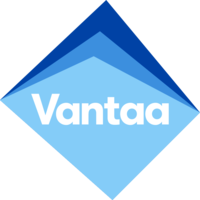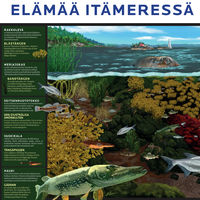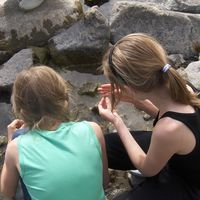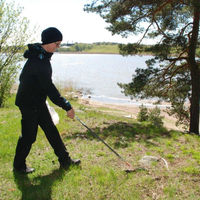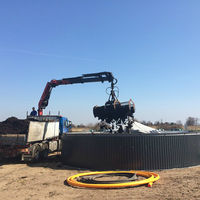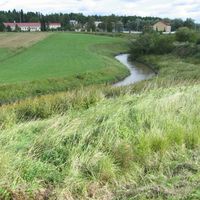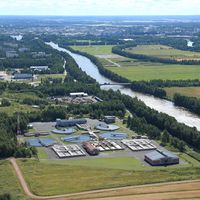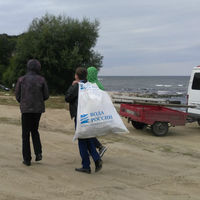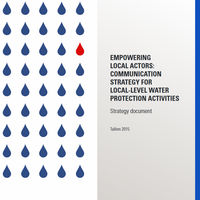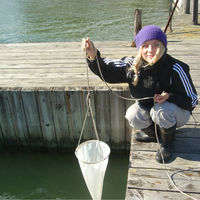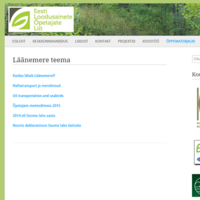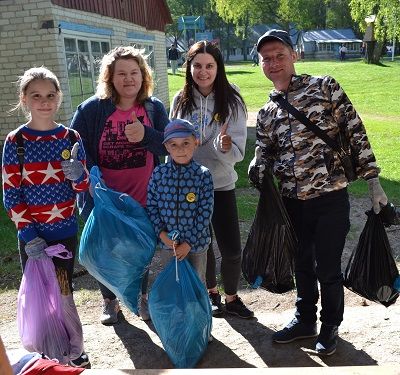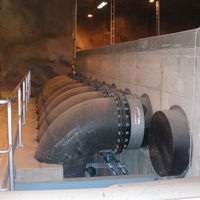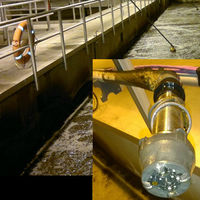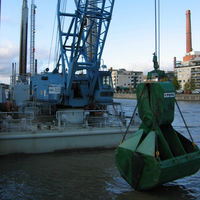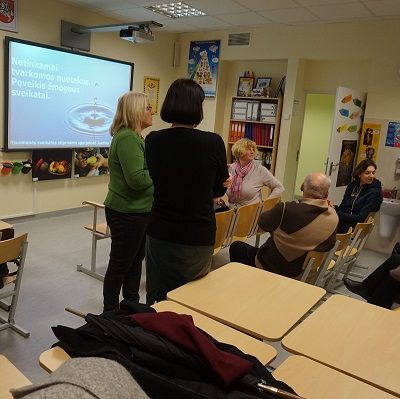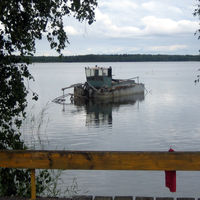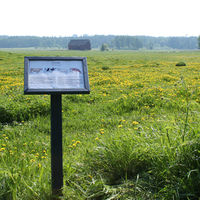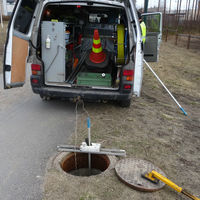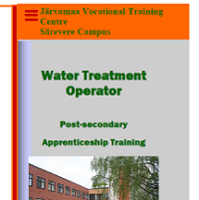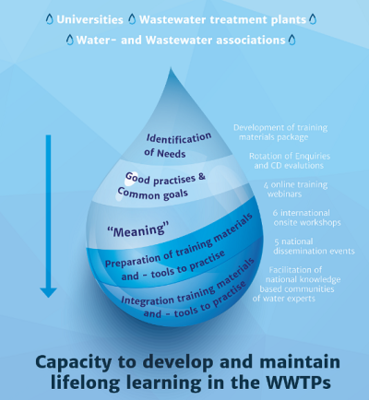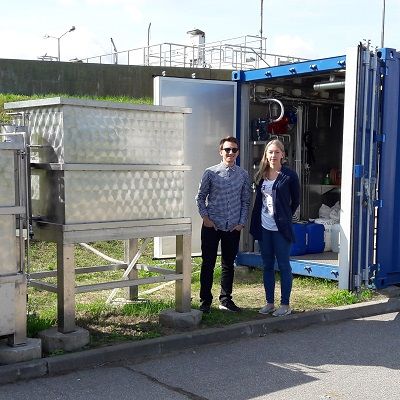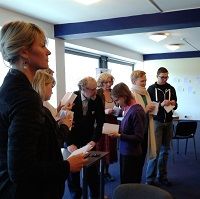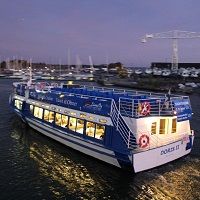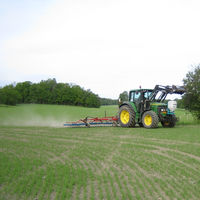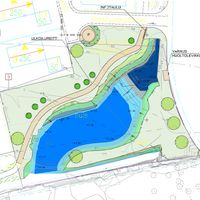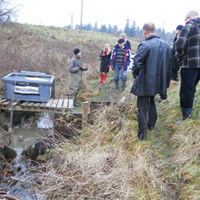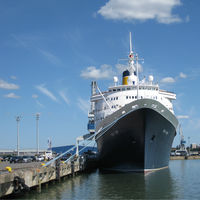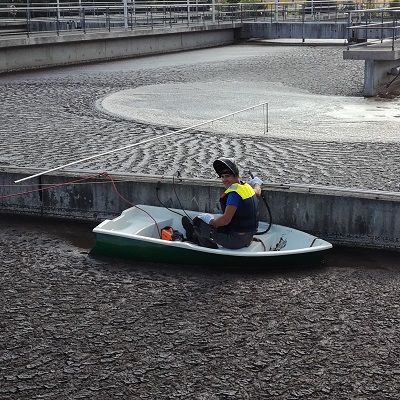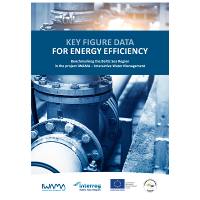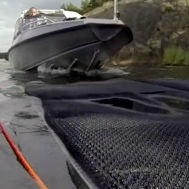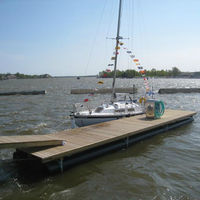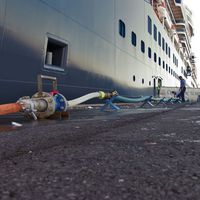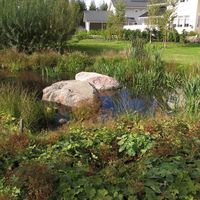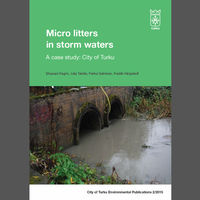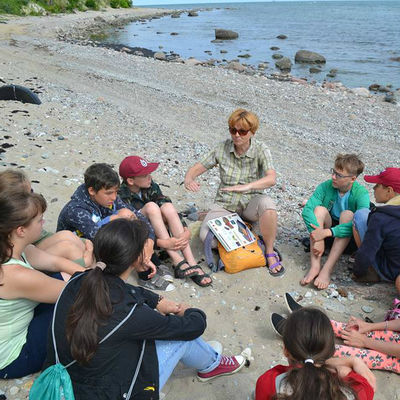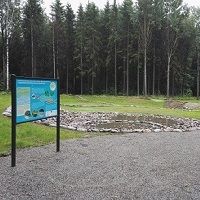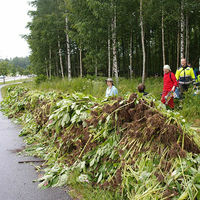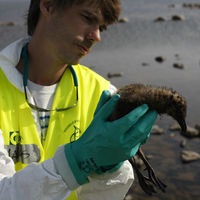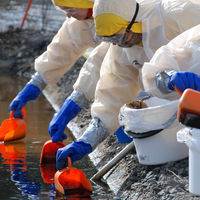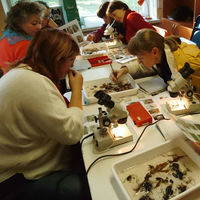Bank of Actions
Are you seeking examples or inspiration for water protection? There are plenty of potential actions to choose from! The Bank of Actions will provide your organisation with concrete ideas and examples of water protection activities implemented by organisations in the Baltic Sea Challenge network. You can browse these according to the theme, type of actor, country, year or keyword.
 |
Join the Baltic Sea Challenge network by committing to water protection work, and gain the benefits of an international expert Network. Read more about the Baltic Sea Challenge and how to join the network. |
 |
The Bank of Actions is always open to ideas for new actions. Is your organisation already a member of the Baltic Sea Challenge network and does it have good examples of water protection measures that it would like to share? Tell us about the work that you do, by filling in this form. We will put your action on the map! |
![]() Agriculture
Agriculture
![]() Awareness raising
Awareness raising
![]() Hazardous materials
Hazardous materials
![]() Littering etc.
Littering etc.
![]() Oil spill prevention
Oil spill prevention
![]() Research and monitoring
Research and monitoring
![]() Shipping and boating
Shipping and boating
![]() Stormwater management
Stormwater management
![]() Strategies and programs
Strategies and programs
![]() Wastewater management
Wastewater management
![]() Other
Other
![]() Drainage basin
Drainage basin
Implementation of new automatized coagulation system
Actor: AS Tallinna Vesi ● Year: 2015 ● Address: Ädala 10, Tallinn, Estonia
An automatized coagulation system in wastewater treatment plant enables optimizing of resources and increased control of treatment system.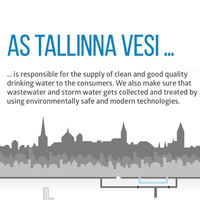
Description
AS Tallinna Vesi (producer of drinking water and treatment of wastewater in Tallinn) has installed a new automatized coagulation system in their wastewater treatment plant in 2015. The new system has sensors, which detect the concentration of phosphates after the wastewater leaves the aeration tanks and before it enters the secondary sedimentation tank. According to the results of the sensors and the flow rate, the dosing pump then releases a quantity of coagulant, which is efficient to meet the target concentration value of total phosphorous (Ptot).
Benefits
The new system enables optimization of the dosage of the coagulant as the automatized system measures the concentration of phosphates after aeration tanks and responds by releasing sufficient amount of coagulant in order to meet the target vaue of Ptot.
The system enables AS Tallinna Vesi to detect sudden changes in the concentrations of Ptot in the wastewater on an ongoing basis. This is beneficial as it enables them to detect any unknown and unexpected pollution or a potential failure in one of the processes preceding coagulation. Thus, it is possible evaluate if there is a need to intensify the treatment processes before and / or after coagulation.
Overall, the new system is beneficial as it enables AS Tallinna Vesi to optimise the use of resources (e.g. coagulant) and to have better control over the concentration of Ptot in the outflow. Thus, the company is better prepared to ensure that the concentration of Ptot in the outflow remains stable and in accordance with our expectations and legal requirements.
Background information
The requirement for the concentration of Ptot in Estonia is 0,5 mg/l. Preceding the implementation of the new automatized coagulation system, the legally required Ptot concentration in the outflow was also being met by AS Tallinna Vesi. Yet, the system was implemented in order to increase the control over the wastewater treatment processes, which have a direct impact on the Baltic Sea.
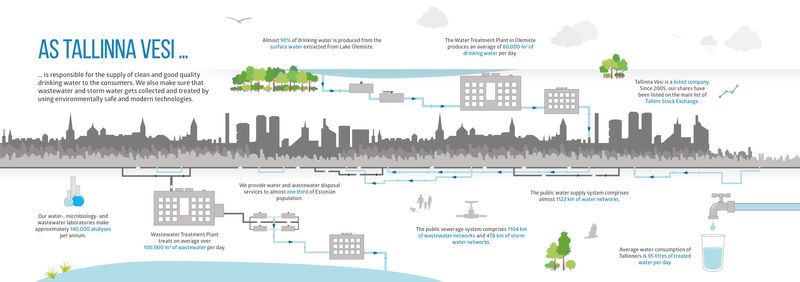
Further information
Name: Maris Neeme ● Email: maris.neeme ( at ) tvesi.ee ● Web page: www.tallinnavesi.ee

